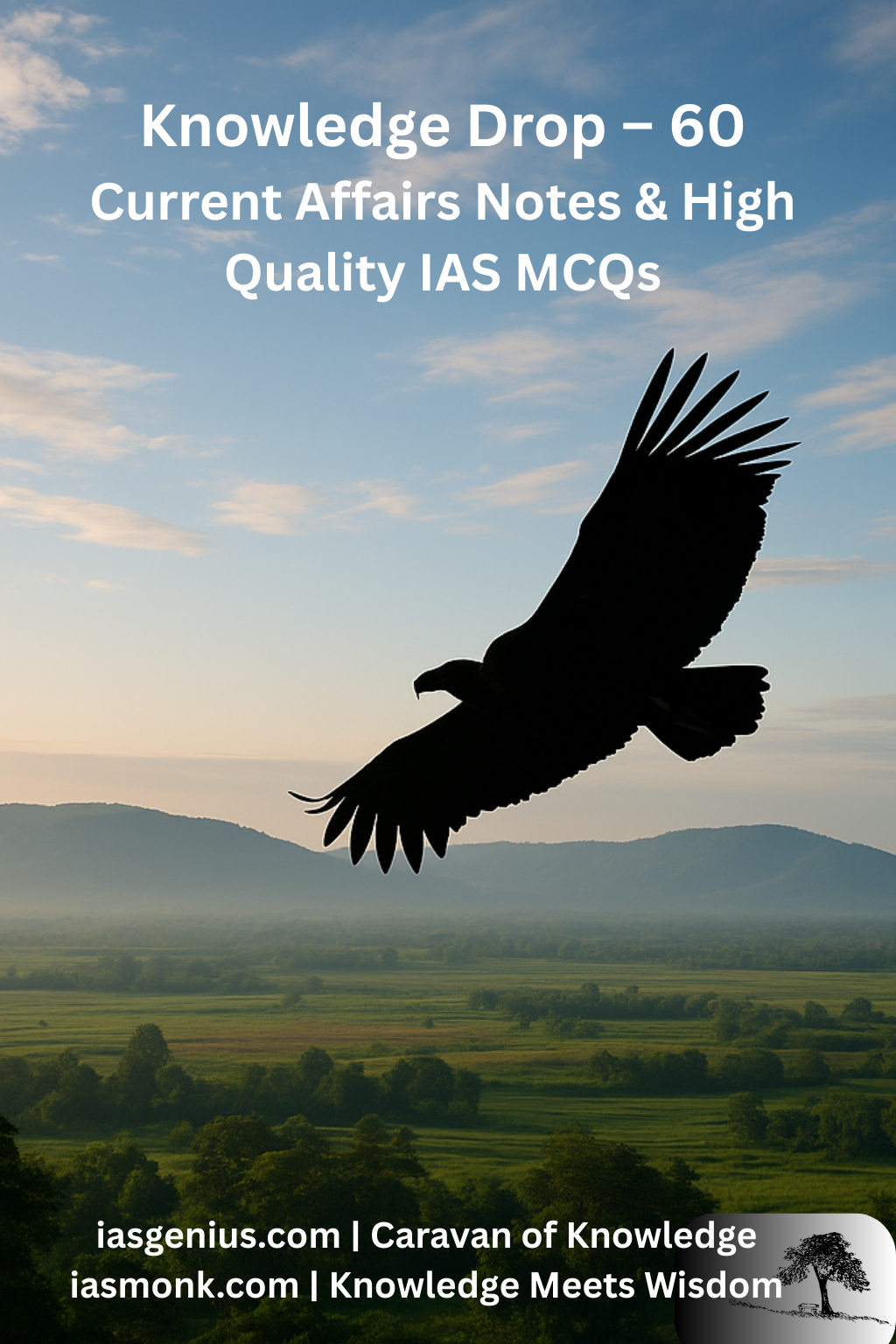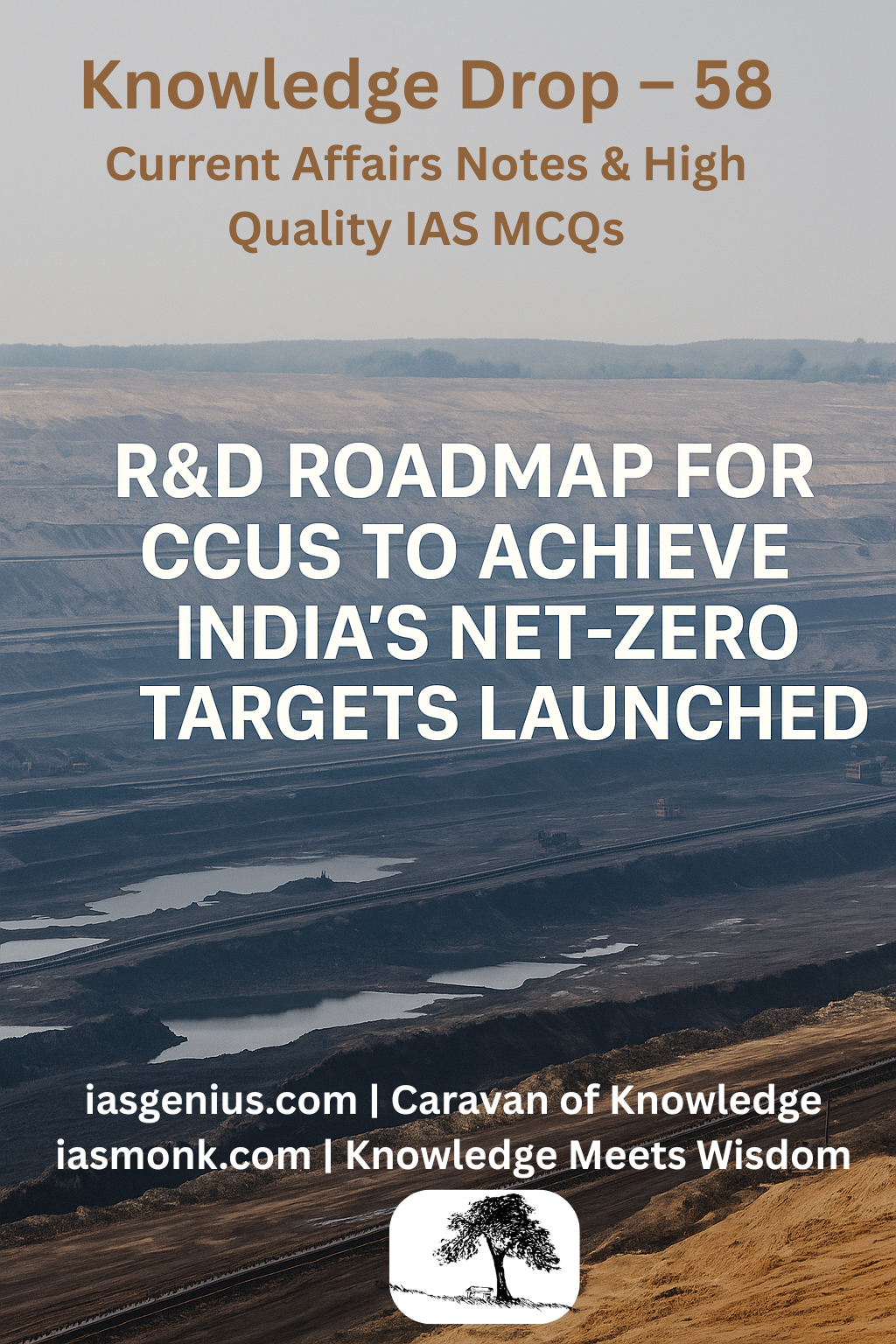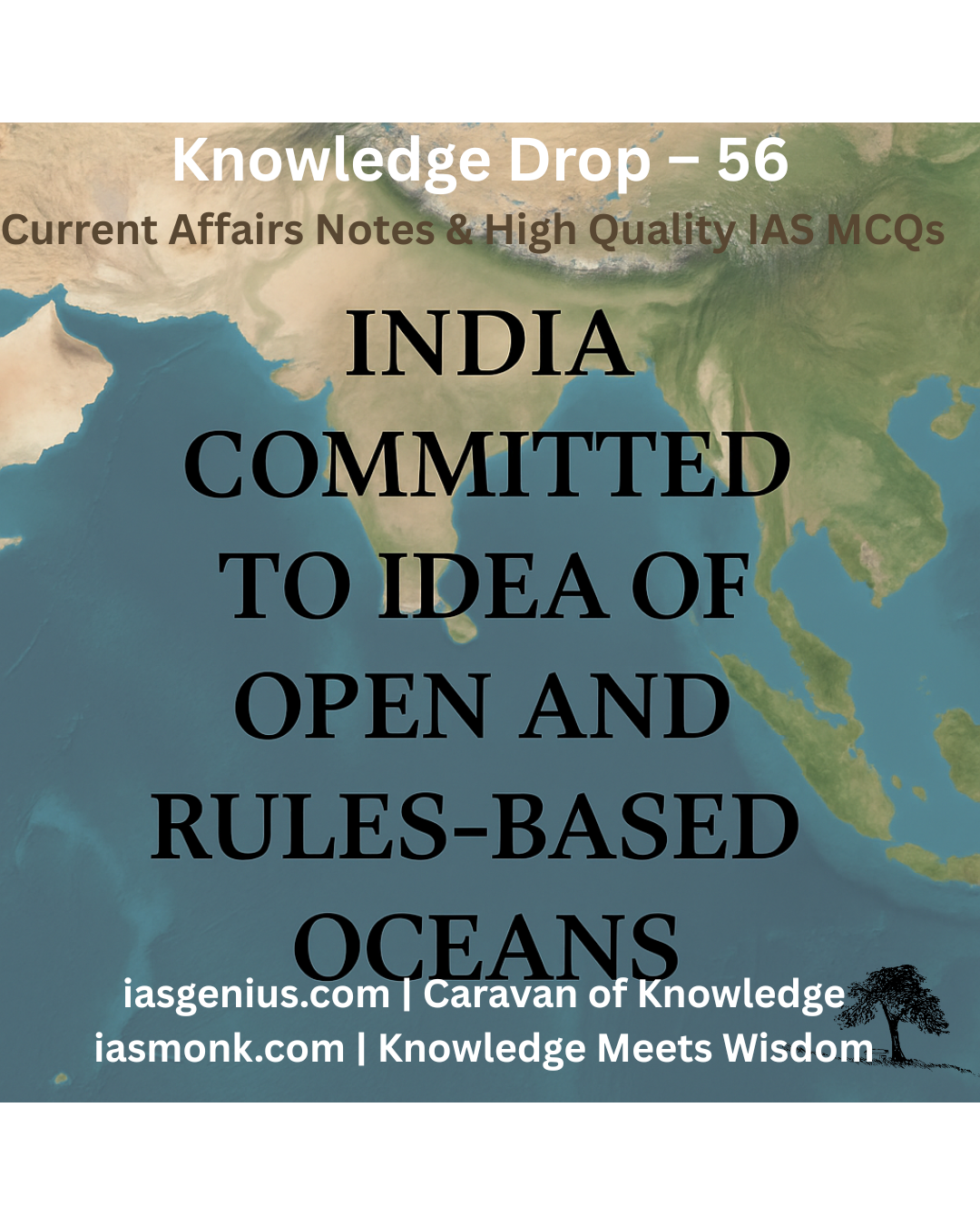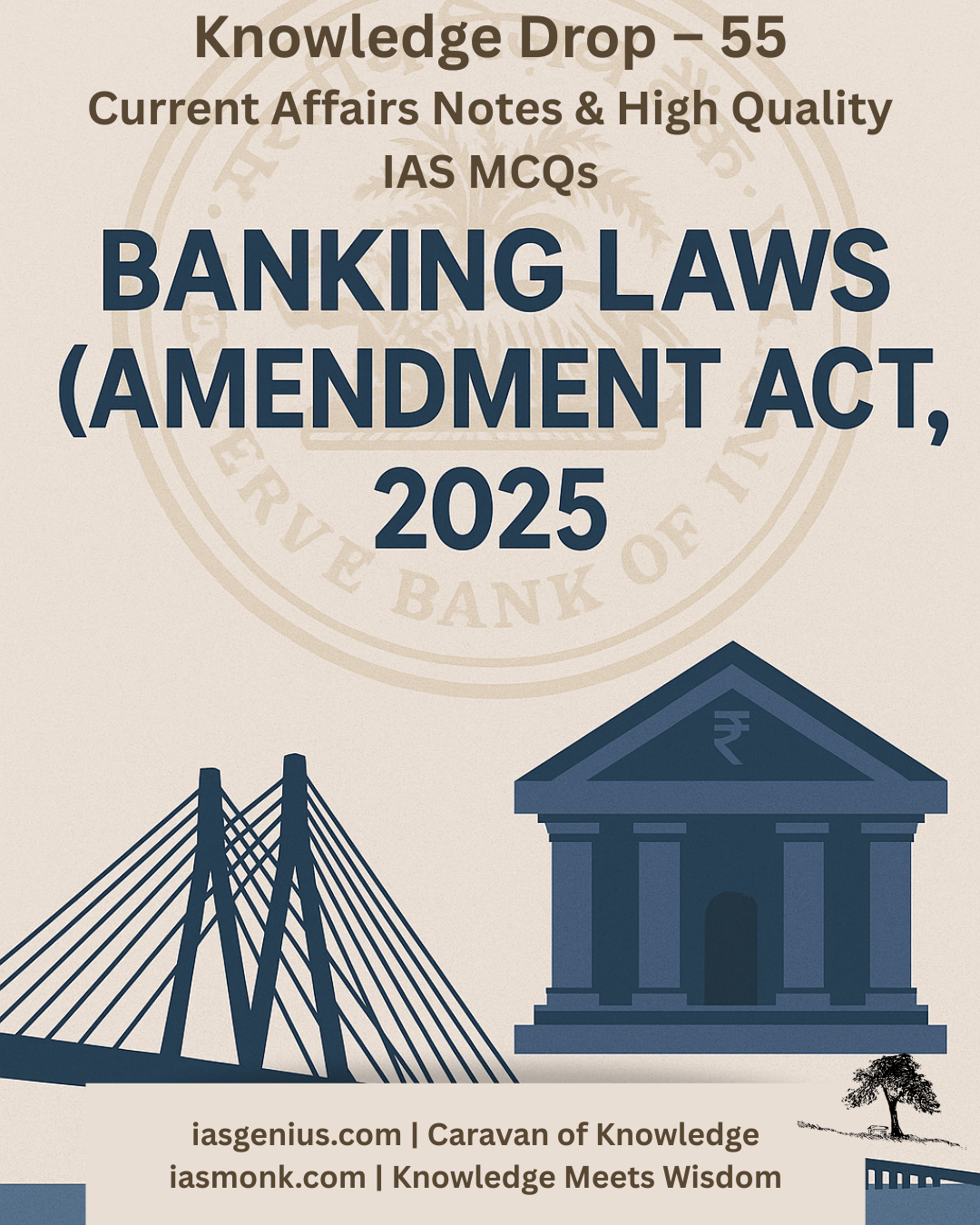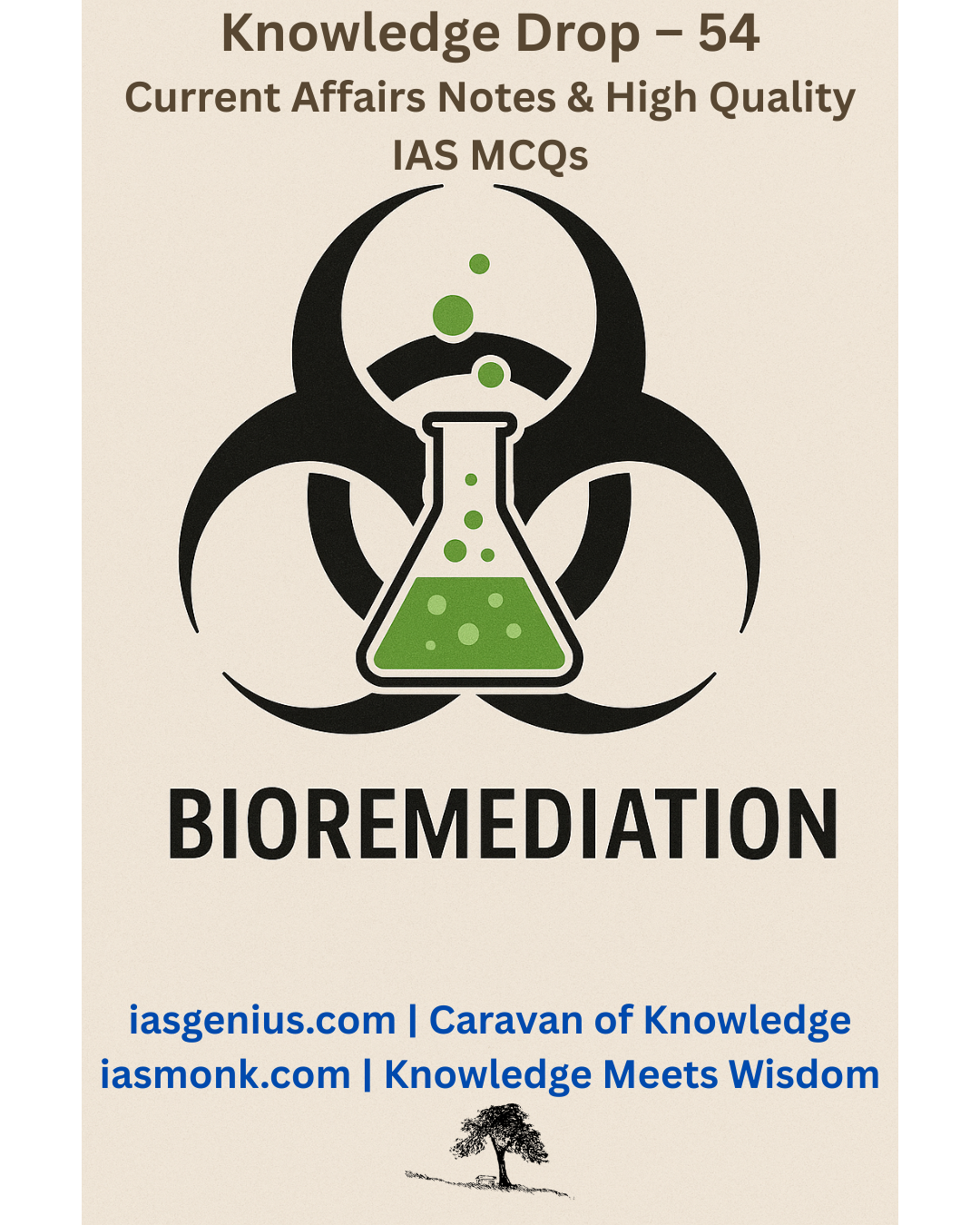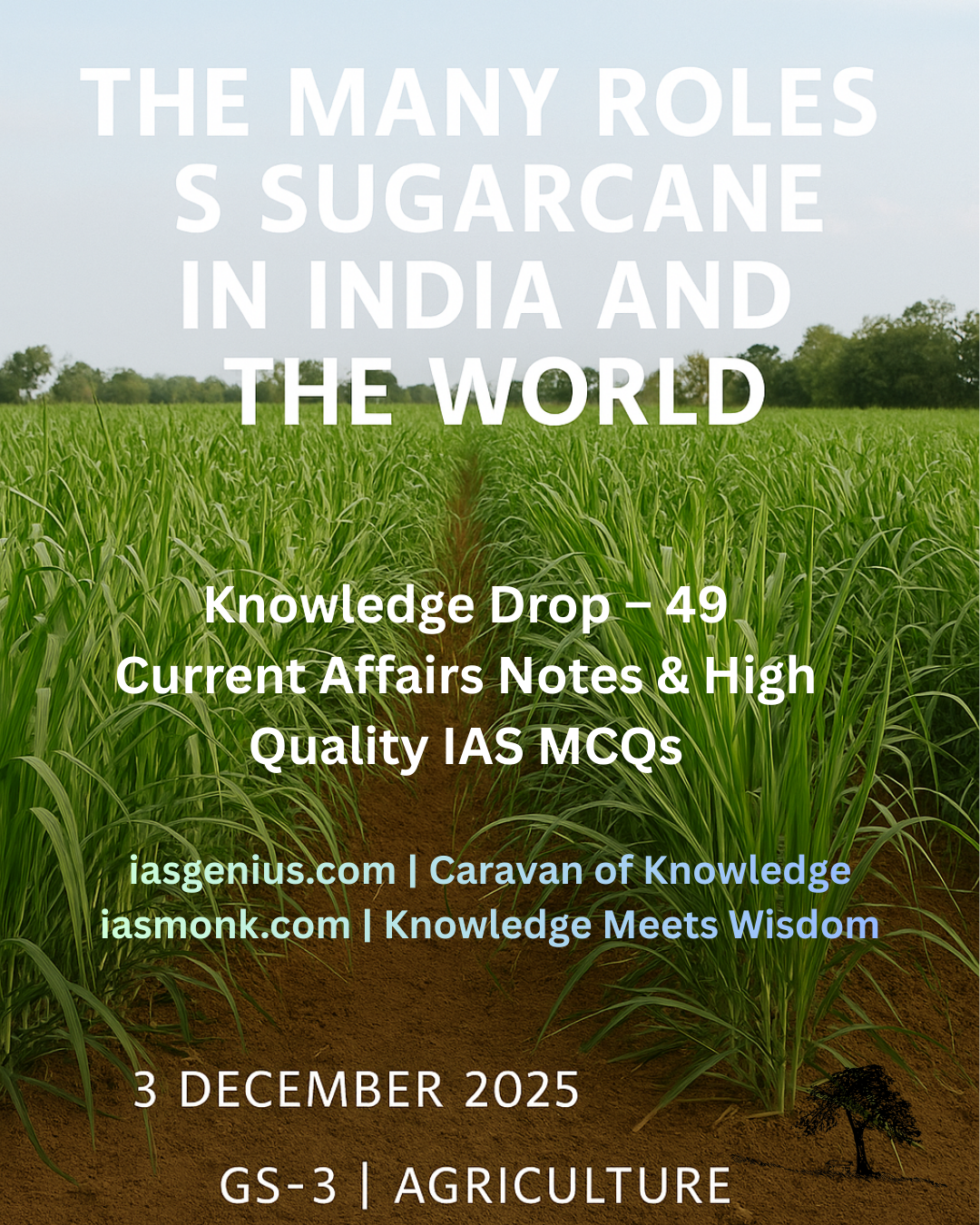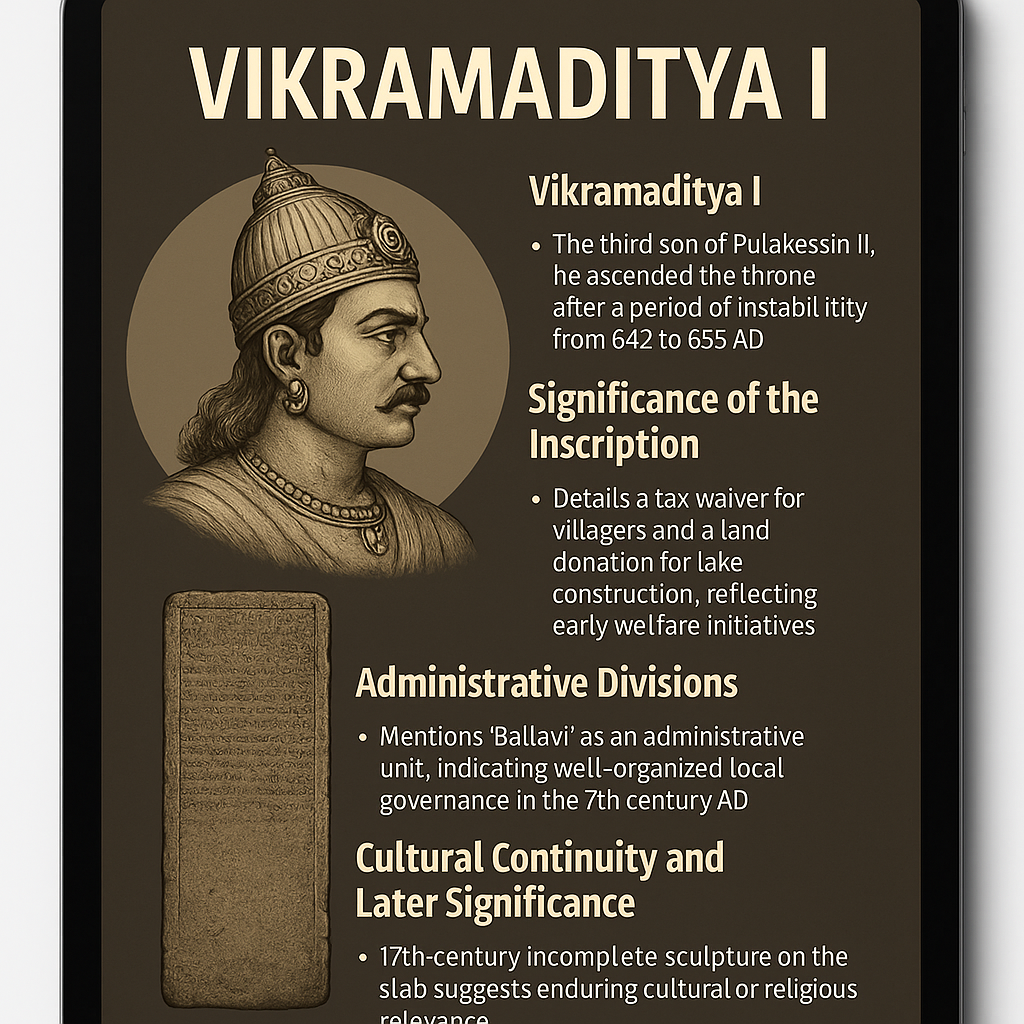
📅 May 2, 2025, Post 5: 🪨 When Stones Speak in Kannada |Mains Essay Attached | Target IAS-26 MCQs Attached: A complete Package, Dear Aspirants!
🪨 When Stones Speak in Kannada

NATIONAL HERO — PETAL 026
📅 May 2, 2025
Thematic Focus: Indian History, Art & Culture, Archaeology, GS I
🌿 Opening Whisper
Even silence has a script, and in ancient Kannada, the Earth remembers.
🔍 Key Highlights
• A 7th-century Old Kannada inscription was unearthed near Madapura Lake, Nyamati taluk, Davangere district, Karnataka.
• The inscription, 5 feet long with 17 lines, dates back to the reign of Vikramaditya I, ruler of the Badami Chalukya dynasty (654–681 AD).
• It reveals an administrative act by Singhavenna, an officer under Vikramaditya I, which included tax waivers for villagers and land donation for lake construction.
🛡️ Vikramaditya I and the Chalukyas
- Son of the famed Pulakesin II, Vikramaditya I ascended the throne after a period of political instability.
- He defeated the Pallavas, restored Chalukyan control over Vatapi, and established strong administrative governance.
- His reign represents a resurgence of imperial unity and regional welfare measures in the Deccan.
📜 Significance of the Inscription
- Marks one of the earliest administrative documents in Old Kannada script.
- Details:
• Land grant of six acres for the construction of a lake
• Tax exemptions for local residents
• Governance by the officer Singhavenna
🏞️ Administrative System: Ballavi and Village Networks
- Mentions Ballavi as an administrative division of around 70 villages.
- Reveals a decentralized yet structured governance model, emphasizing local resource management.
- Provides rare insights into landholding patterns and community cooperation in ancient Karnataka.
🧱 Cultural Continuity
- The stone slab also features an incomplete 17th-century sculpture, likely added later.
- This suggests continuous cultural or religious significance of the site across a millennium.
- Demonstrates historical layering—where old inscriptions become canvases for new stories.
📘 GS Paper Mapping
Prelims:
• Vikramaditya I, Pulakesin II
• Badami Chalukya Dynasty
• Old Kannada inscriptions
• Ballavi and Deccan Administration
Mains:
• GS I – Ancient Indian polity and administration
• GS I – Early scripts and archaeological evidence
• GS I – Cultural continuity and land-use patterns
🔮 A Thought Spark — by IAS Monk
An empire may fall, but the breath of its wisdom lingers — carved deep into the skin of stone.
High Quality Mains Essay For Practice :
Word Limit 1000-1200
When Stone Becomes a Script: Inscriptions as Time’s Memory
In a small village near Madapura Lake in Karnataka’s Davangere district, time stood still—and then suddenly moved again. A five-foot-long inscription in Old Kannada, dated to the 7th century AD, emerged from the soil, echoing the voice of Vikramaditya I, a powerful Chalukya ruler. It told of tax waivers, land grants, and an officer named Singhavenna—humble administrative details that, when etched in stone, transcend centuries.
Inscriptions like these are more than relics. They are India’s first-person voice—not filtered through legend or literature, but delivered in chiseled lines of lived reality. They serve as anchors of civilization, preserving truths in a land where oral memory and written manuscripts often yield to the erasure of time.
Stone as Witness: What Inscriptions Tell Us
Inscriptions are arguably the most trustworthy sources of ancient Indian history. Unlike epics, which mythologize, or foreign travelers, who interpret, inscriptions are official, contemporary records. They tell us:
- Who ruled, and from where.
- What taxes were levied or waived.
- How land was measured and granted.
- What titles and administrative ranks were used.
- Which deities were worshipped, which languages were spoken.
The Madapura inscription alone gives us insight into:
- Governance under Vikramaditya I of the Badami Chalukyas
- The role of village officers like Singhavenna
- Early examples of welfare policies and community-centered resource management
- The use of Kannada script and language in formal administration during the 7th century
In a single slab of stone, we get politics, culture, language, economy, and social philosophy—all without the embellishment of hindsight.
India’s Epigraphic Wealth: A Silent Archive
India has one of the largest corpuses of inscriptions in the world. From the Ashokan edicts in Prakrit and Brahmi to the Sangam-age Tamil hero stones, from the Chalukya copper plates to the Mughal firmans, each represents a civilizational checkpoint.
• Ashoka’s inscriptions gave us the first linguistic unifier in ancient India and ideas of Dhamma governance.
• Gupta inscriptions highlight a golden age of arts, astronomy, and education.
• South Indian epigraphy—especially from the Cholas and Chalukyas—help us trace temple construction, land grants, water tank management, and the evolution of regional languages.
Unlike archaeological ruins, which can be mute, inscriptions are explicitly communicative. They offer dates, rulers’ names, and precise details—allowing historians to cross-reference, authenticate, and map ancient India with extraordinary precision.
The Political Soul of Stone
The Madapura inscription tells of a land grant for lake construction—a policy decision rooted in environmental and economic foresight. It also documents tax waivers for villagers—revealing a welfare model embedded in early Indian governance.
Such inscriptions humanize kings. They are not just conquerors but land donors, tax reformers, and public infrastructure supporters. Rulers like Vikramaditya I emerge not only as warriors but as visionaries who saw their subjects and ecology as parts of a harmonious whole.
This stands in contrast to today’s obsession with military conquest in history. The inscription reminds us that India’s greatness also lay in administration, welfare, and ethics.
Cultural Continuity: A Living Tradition
Perhaps most fascinating is the presence of an incomplete 17th-century sculpture on the same stone slab—a visual overlap of two timelines. This shows that the site retained ritual or symbolic importance for a thousand years.
In India, history is not linear—it accumulates, like sediment in a river. Stones are reused, temples are layered, languages shift but names remain. Inscriptions are where the old and the new shake hands—a heritage of continuity, not erasure.
Preserving the Script of Time
Despite their importance, many Indian inscriptions lie undeciphered, neglected, or vandalized. Climate, neglect, and unscientific tourism have left many epigraphic sites vulnerable.
There is a dire need for:
- Digitization and 3D scanning of inscriptions
- Multilingual databases accessible to scholars and the public
- Community involvement in safeguarding local sites
- Curriculum inclusion of India’s inscriptional heritage
Imagine a generation that learns Kannada, Tamil, or Sanskrit not just as language, but as a way of reading the whispers of stone.
Conclusion: Inscriptions as India’s Inner Voice
When you run your fingers along the grooves of an ancient inscription, you touch not just words, but intention, authority, empathy, and time. The inscription at Madapura Lake is not just a stone—it is a witness.
It watched over a lake built for villagers, it bore the name of a king long gone, and it quietly absorbed a second carving from a future century. That is not decay. That is civilization in continuity.
India must invest not only in monuments that dazzle but in inscriptions that speak. For in those lines lie policies older than Parliament, and ethics deeper than headlines.
“History is not written by the victors—it is carved by the scribes, laid down by stone, and remembered by the land.”
Target IAS-26: Daily MCQs :
📌 Prelims Practice MCQs
Topic: Inscriptions, Chalukya Dynasty, Ancient Indian Polity
MCQ 1 — Type 1: How many statements are correct?
Q. With reference to the 7th-century inscription discovered near Madapura Lake in Karnataka, consider the following statements:
1. The inscription is attributed to Vikramaditya I, a ruler of the Badami Chalukya dynasty.
2. It records a land grant for lake construction and waiver of taxes for villagers.
3. It was written in Devanagari script and is among the earliest known Sanskrit inscriptions in Karnataka.
4. It includes mention of an administrative unit named Ballavi, comprising around 70 villages.
How many of the above statements are correct?
A) Only two
B) Only three
C) All four
D) Only one
🌀 Didn’t get it? Click here (▸) for the Correct Answer & Explanation
✅ Correct Answer: B) Only three
🧠 Explanation:
• Statement 1 is correct — Vikramaditya I ruled from 654–681 AD under the Badami Chalukyas.
• Statement 2 is correct — land grant + tax waiver are clearly recorded.
• Statement 3 is incorrect — the inscription is in Old Kannada, not Devanagari or Sanskrit.
• Statement 4 is correct — Ballavi was an administrative unit of 70 villages.
MCQ 2 — Type 3: Which of the above are correct?
Q. Consider the following statements about inscriptions in ancient India:
1. Inscriptions provide direct administrative, economic, and social data from ancient rulers.
2. The Chalukya dynasty used inscriptions to record both temple grants and welfare initiatives.
3. Inscriptions are typically unreliable because they were oral traditions written down centuries later.
4. Inscriptions help trace regional language development and script evolution.
Which of the above statements are correct?
A) 1, 2, and 4 only
B) 1, 2, and 3 only
C) 2 and 3 only
D) All four
🌀 Didn’t get it? Click here (▸) for the Correct Answer & Explanation
✅ Correct Answer: A) 1, 2, and 4 only
🧠 Explanation:
• Statement 3 is incorrect — inscriptions are contemporaneous records, not oral recollections.
• Statements 1, 2, and 4 are true — inscriptions are key sources of administrative history and linguistics.
MCQ 3 — Type 3: Which of the above are correct?
Q. With reference to Multilateral Development Banks (MDBs), consider the following statements:
1.They are being urged to stretch their balance sheets to increase lending capacity.
2.They must increasingly mobilize private finance at affordable rates.
3. MDBs currently operate under the governance of the World Trade Organization.
Which of the above statements is/are correct?
A) 1 and 2 only
B) 2 and 3 only
C) 1 and 3 only
D) All three
🌀 Didn’t get it? Click here (▸) for the Correct Answer & Explanation
✅ Correct Answer: A) 1 and 2 only
🧠 Explanation:
Statements 1 and 2 correctly reflect the UN proposals for MDB reform.
Statement 3 is incorrect – MDBs are independent institutions; they do not operate under WTO governance.


